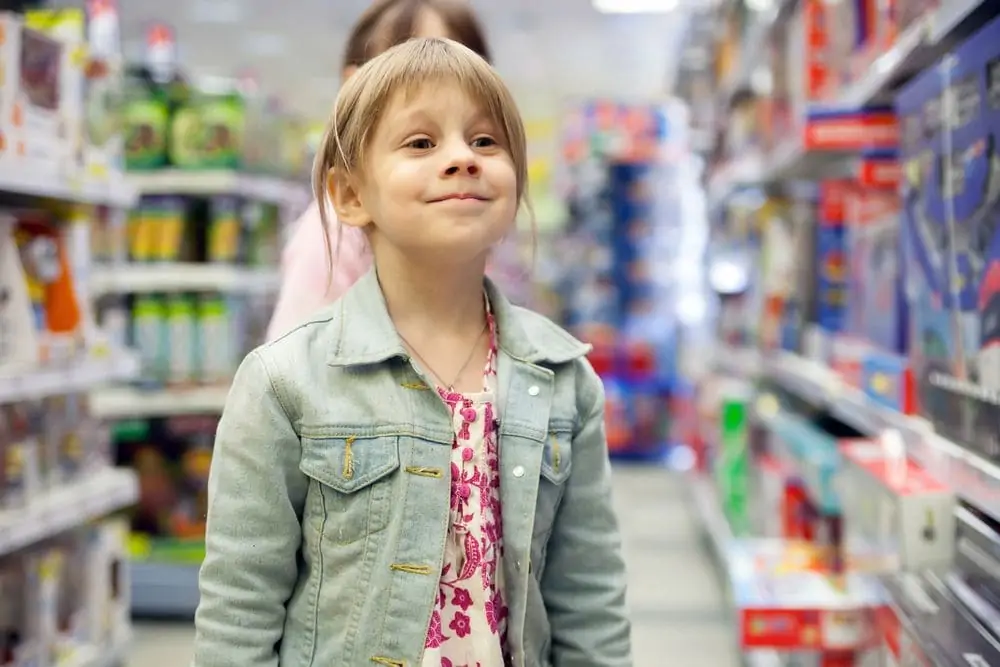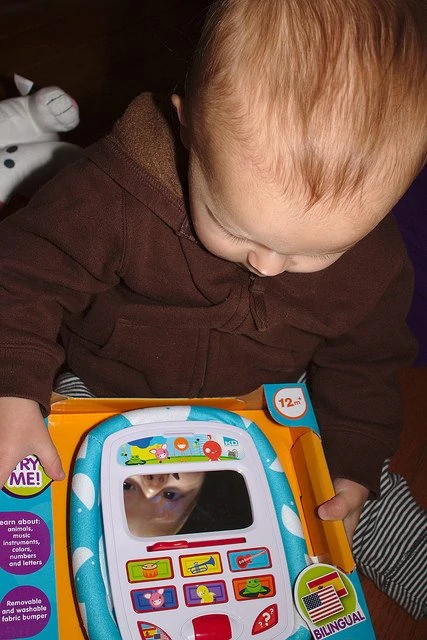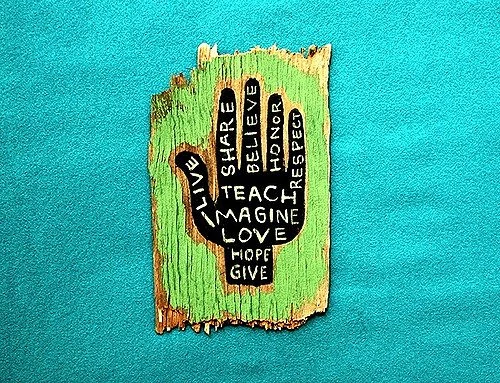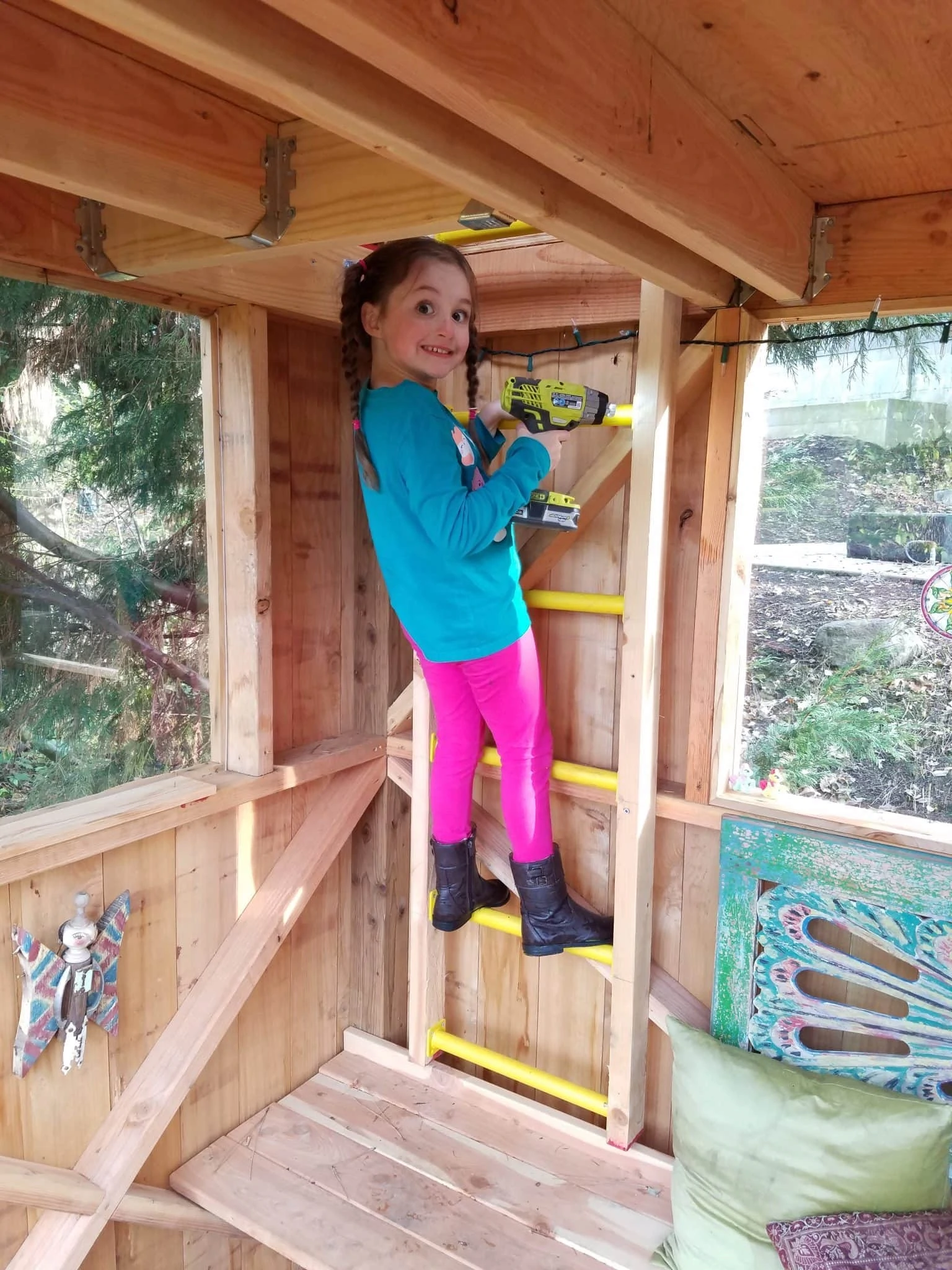The supply chain and delivery issues we’ve been hearing so much about lately are just the latest twist in pandemic life. They’re also probably why we’re already hearing so much about trending toys for the holiday season that’s not yet begun. (Frankly, we’re old school and say it doesn’t start until Santa arrives at Herald Square on Thanksgiving Day.)
One thing we’ve been pleased to see in those trend tales is a growing emphasis on things like hands-on toys that foster creativity or inquiry and toys and games that the whole family can enjoy.
Then there’s the trend that’s so pronounced, the WaPo recently ran a story focused solely on it: toys intended to help kids make sense of their emotions and alleviate anxiety.
“The pandemic has been a reminder that children have really big feelings and no way to express them,” said [McKinzie] Craig, a political science professor at the University of Louisiana at Lafayette. “That’s become a real focus for us: It’s okay to feel sad or angry. But how do you address that and move forward?”
Toys focused on social and emotional development have become big sellers during the pandemic — initially to support kids whose daily routines went sideways during the outbreak and now to calm their anxieties as they ease back into in-person schooling and playdates. There’s Big Feelings Pineapple, a modern-day take on Mr. Potato Head with dozens of emotions, including silliness, confusion and disgust; TeeTurtle reversible plushies, a line of stuffed unicorns, cats and octopuses that go from happy to angry (and back again); and Pop It! — a silicon fidget toy that’s become a mainstay of grade school classrooms and birthday party goody bags.
You get the idea.
Toys Alone Aren’t Enough
While such toys can be helpful both for SEL and providing a sense of soothing and comfort, it’s important to recognize that toys alone aren’t enough. You can’t just hand a child a toy and expect it to make up for the lag in social/emotional development that’s come through pandemic “side effects” like fewer opportunities for free outdoor play with other children – a crucial source of their social/emotional development – or the need for masks that makes it harder for kids to learn how to read the emotions of others.
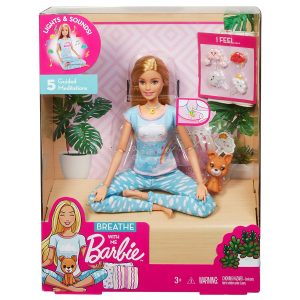
buy amitriptyline generic over the counter
Yet as she notes, the short length of each “meditation” (roughly 30 seconds) isn’t exactly conducive to her goal of persisting in the present moment.
buy amoxicillin generic over the counter
More, a different “meditation” is activated with each push of the button.
And while meditation can be effective for some with trauma, it can be counterproductive for others. In such cases, body-based interventions may be much more appropriate and successful.
In fact, it’s the release of stress and the accompanying difficult feelings that’s often most needed by children who seek soothing or the distraction of a fidget toy in order to stay focused. Whether through TRE, Yoga Calm flows, or Empower modules, mindful movement is a far more proven way for children to develop self-regulation skills that they can put into action whenever needed, no toy – or batteries – required.
The Need to Interact with Others
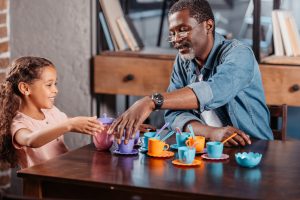
Through the ages, these have been the primary ways that children have learned how to interact with others, after all – working (and playing!) alongside their parents and engaging in play with friends. No toy yet has come along that can replace that, let alone provide the loving kindness that provides real soothing for children who may be struggling to make sense of the world.

